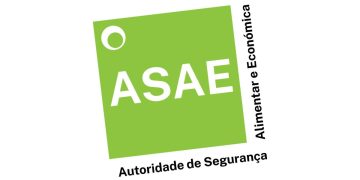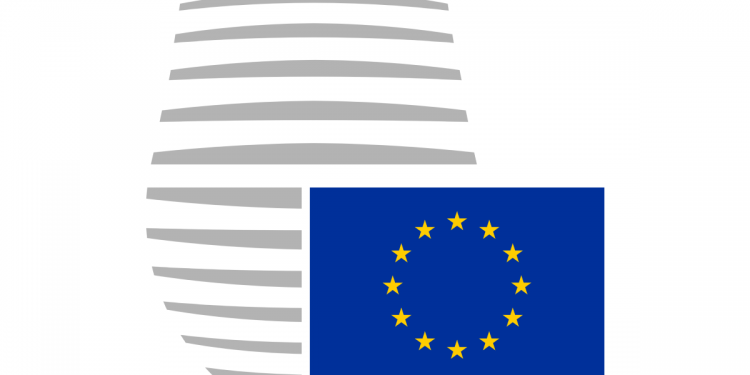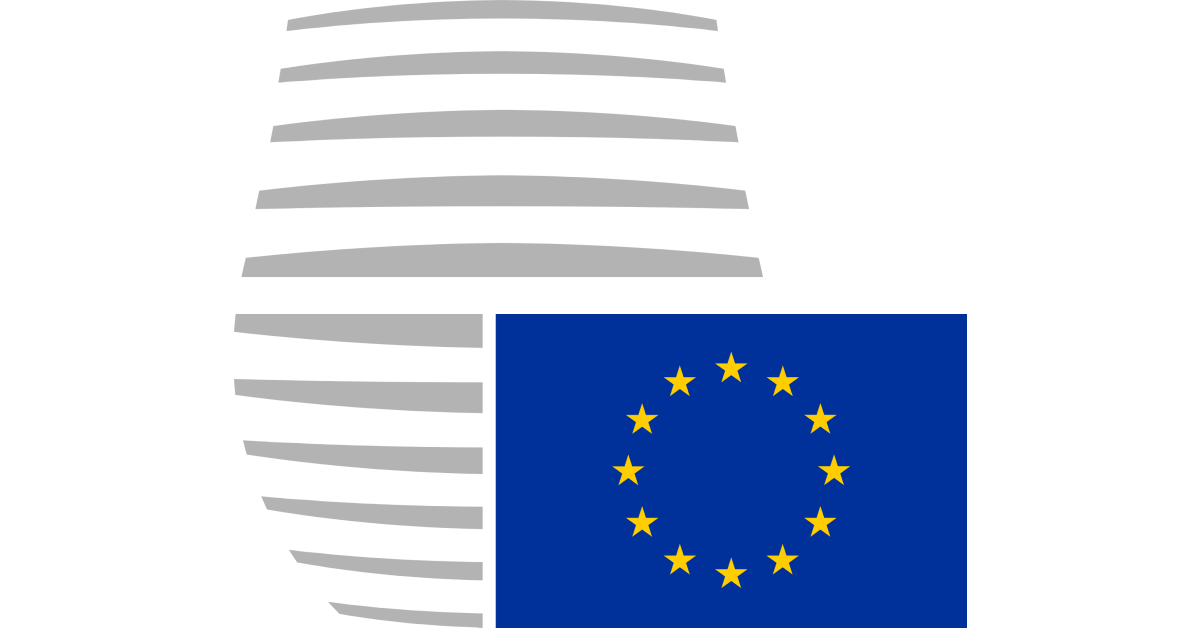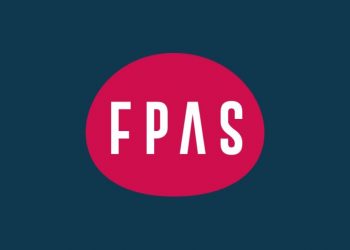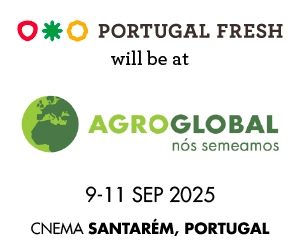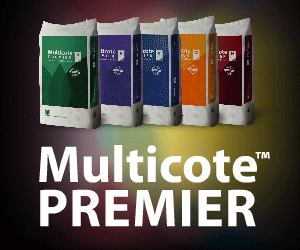Today, member states’ representatives (Coreper) endorsed the Council’s negotiating mandate on rules to improve the quality and availability of forest reproductive material (FRM). The regulation seeks to support the innovation and competitiveness of the EU seed sector, while addressing sustainability, biodiversity and climate-related challenges.
Main elements of the proposal
The FRM proposal maintains the existing principles of approval of parent trees (‘basic material’) and certification of harvested FRM before it is placed on the market. Under the proposed framework, member states would be required to enter the basic material approved on their territory into national registers, with the Commission publishing an EU-wide list to ensure full traceability.
In line with the proposal, there would be a stronger focus on assessing the sustainability features of parent trees. In practice, parent trees would undergo an assessment to evaluate traits that contribute to forest resilience, such as tolerance to pests or better adaptation to local climate conditions.
Finally, the proposal places a stronger emphasis on innovative production processes, digital tools and biomolecular techniques.
Main changes agreed by the Council
The Council welcomes the overall goals of the proposal, but introduces a series of changes to improve the text.
Official controls
Currently, the number and type of controls applied to FRM vary significantly between member states. In an attempt to harmonise the rules, the Commission proposed extending the so-called official controls regulation (2017/625) to cover FRM.
The Council acknowledges the need for official controls to be applied consistently across member states. However, due to the specificities of forest reproductive material, as well as to reduce the administrative and financial impact, the Council has agreed that the FRM sector cannot fall under the scope of the official controls regulation.
As a result, in its negotiating mandate, the Council agrees that the new FRM regulation should include a number of provisions on controls, safeguarding the quality and traceability of FRM. In particular, it would contain rules for designating competent control authorities, on their legal powers and on financial resources, among other provisions.
These provisions would be supplemented by certain elements from the official controls regulation, to ensure the consistent application of official controls across member states. Key elements of the official controls regulation that would apply to the FRM sector include rules on official controls of FRM entering the EU, the delegation of certain tasks of the competent authorities, confidentiality obligations for competent control authorities, and training of staff.
This approach will create synergies with official control systems for similar sectors, for instance for plants.
National contingency plans
The Commission proposed the introduction of national contingency plans to help ensure a sufficient supply of FRM, for instance to contribute to the reforestation of areas affected by extreme weather events. This would help improve the resilience of forest ecosystems.
In order to reduce the administrative burden for the competent authorities, the Council agreed that these national contingency plans should be voluntary. The Council also agrees that the plans should contain simplified requirements.
List of tree species
To further reduce the administrative burden for both competent authorities and operators, the list of tree species that the regulation covers has been streamlined. Member states will be able to apply more or less stringent measures to the tree species that are not listed in the annex.
Obligations for professional operators
The Council’s negotiating mandate also further specifies rules on record-keeping and concerning the obligations that operators have. In particular, professional operators will have to be included in a register. Furthermore, they will have to ensure the traceability and identification of FRM at all stages of production and marketing and provide the user with comprehensive information about the FRM via a document.
Next steps
With today’s agreement, the Council presidency is ready to start negotiations with the European Parliament on the final text of the regulation.
Background
FRM refers to seeds, plants and parts of plants, and it is used for the creation of new forests, reforestation, and other types of tree planting for different purposes, including biodiversity conservation, climate adaptation, climate mitigation and the conservation and sustainable use of forest genetic resources.
Council directive 1999/105/EC sets out rules on the production and marketing of FRM. Since its adoption, several developments in science and technology have taken place.
The Commission submitted a proposal in July 2023 which aims to ensure that high-quality FRM is available and that the sector maintains its competitiveness. The FRM regulation will also contribute to the EU target of planting at least three billion additional trees by 2030 under the biodiversity strategy, as well as to the development of the bioeconomy.
In parallel, the Commission also proposed new rules for the production and marketing of plant reproductive material.
O artigo foi publicado originalmente em Conselho Europeu.



